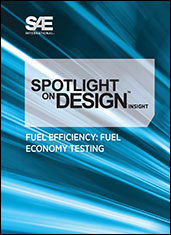Training / Education
Introduction to Model-based Development and Quality Assurance of Embedded Software
This training class provides a practical overview of developing and safeguarding embedded software on the basis of Simulink and code generators like Embedded Coder and TargetLink within the framework of serial projects. The training class takes participants through all process steps from designing and creating the simulation model in Simulink and Stateflow to generating production code. Model quality assurance consists of verifying the model and software architecture, safeguarding the modeling guidelines, as well as checking for functional compliance with requirements in the model test.








